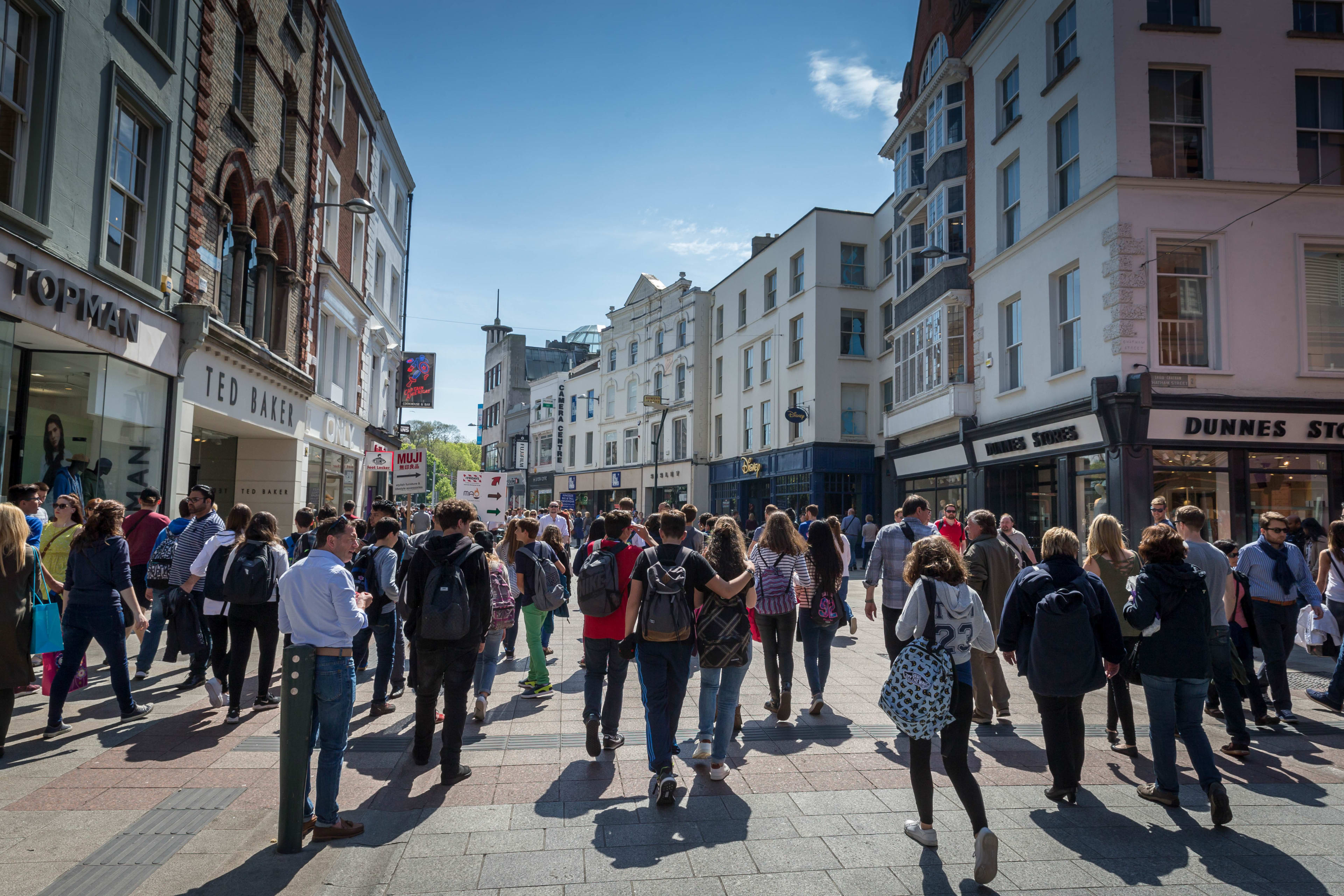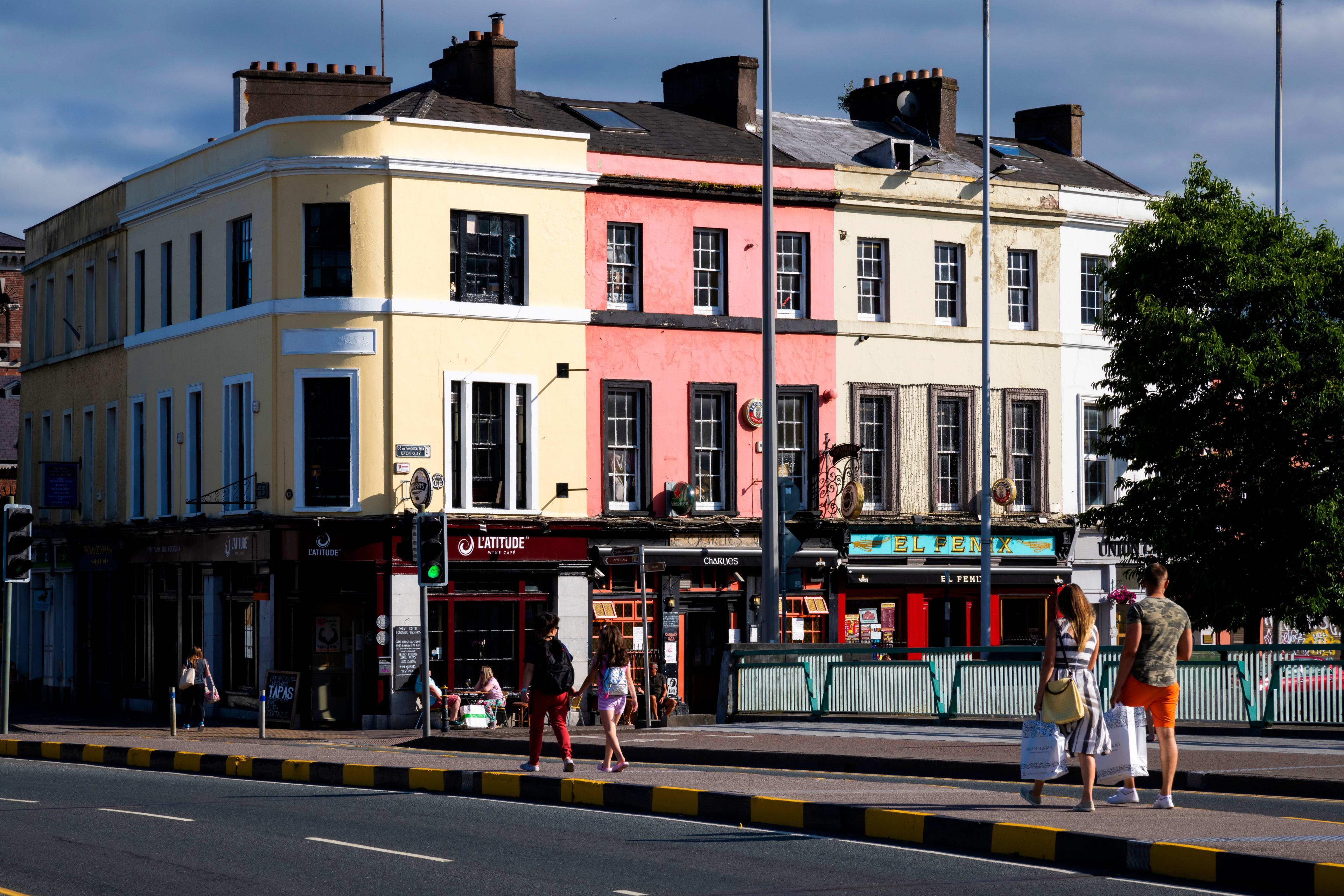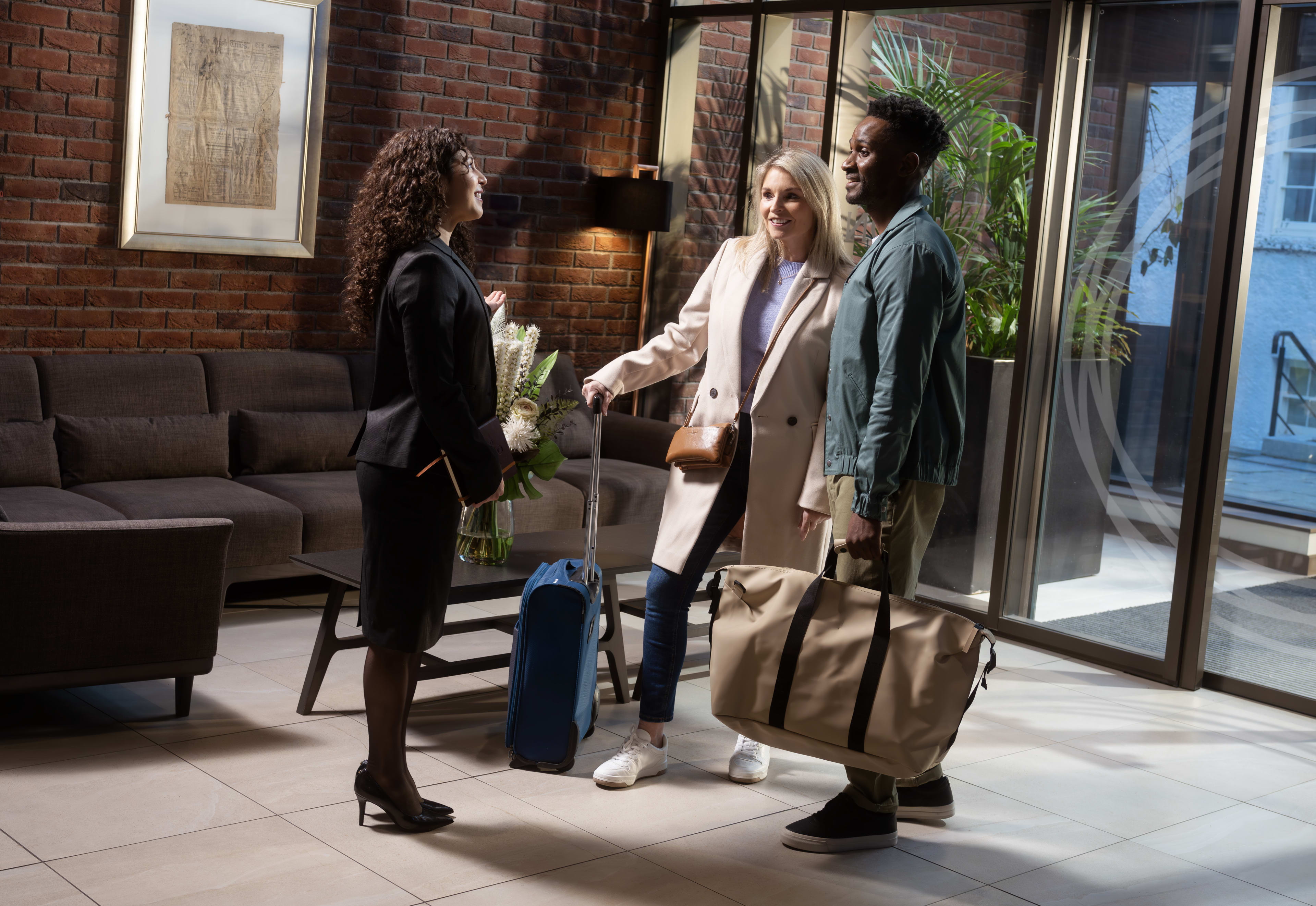

Discover more with Clayton Hotels
Our Blog

Our Latest Blogs
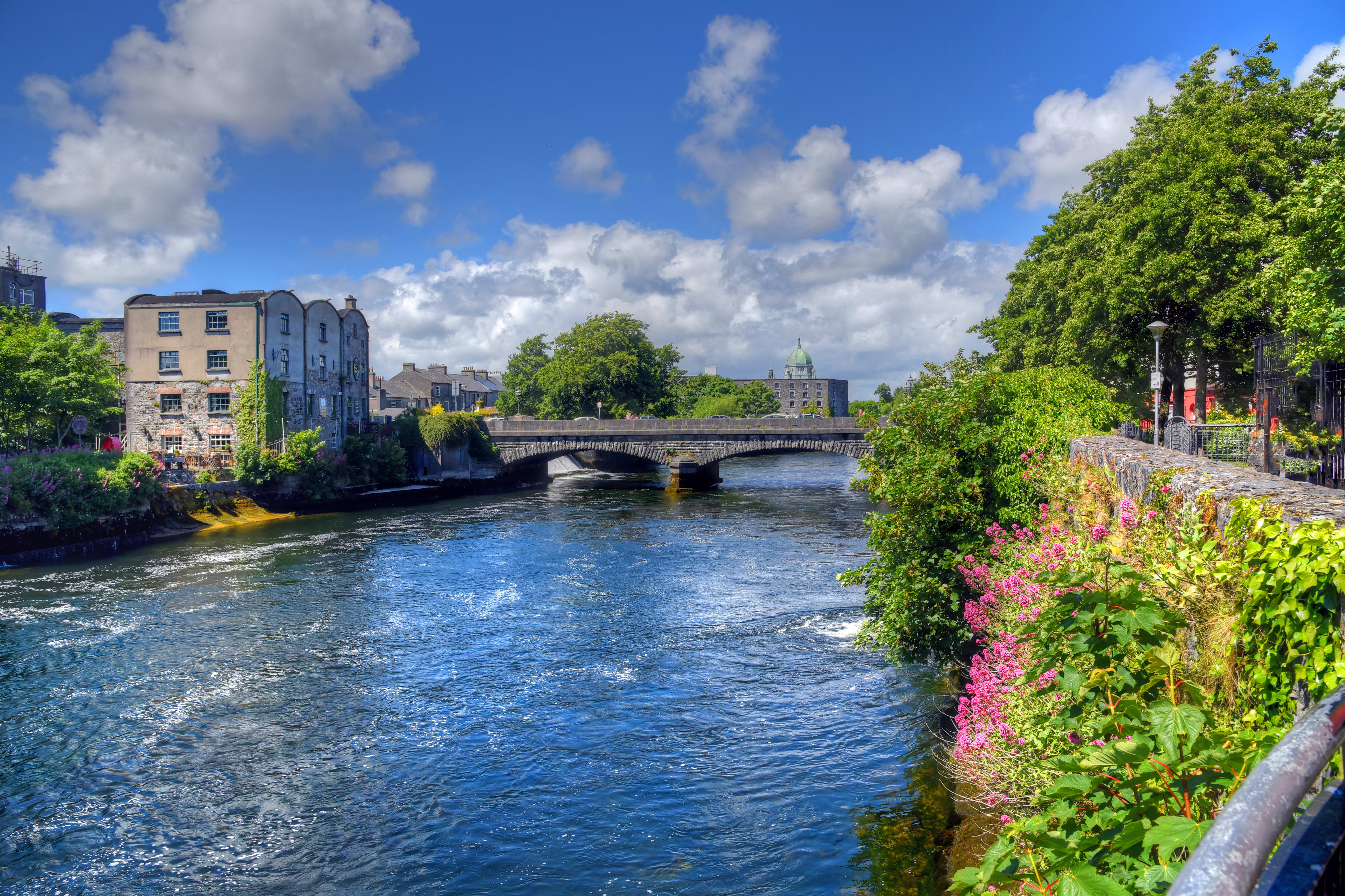
Things To Do In Galway For Couples
Galway is the perfect place to spend quality, romantic, memorable time with loved ones. Check out our top picks for things to do in Galway for couples.
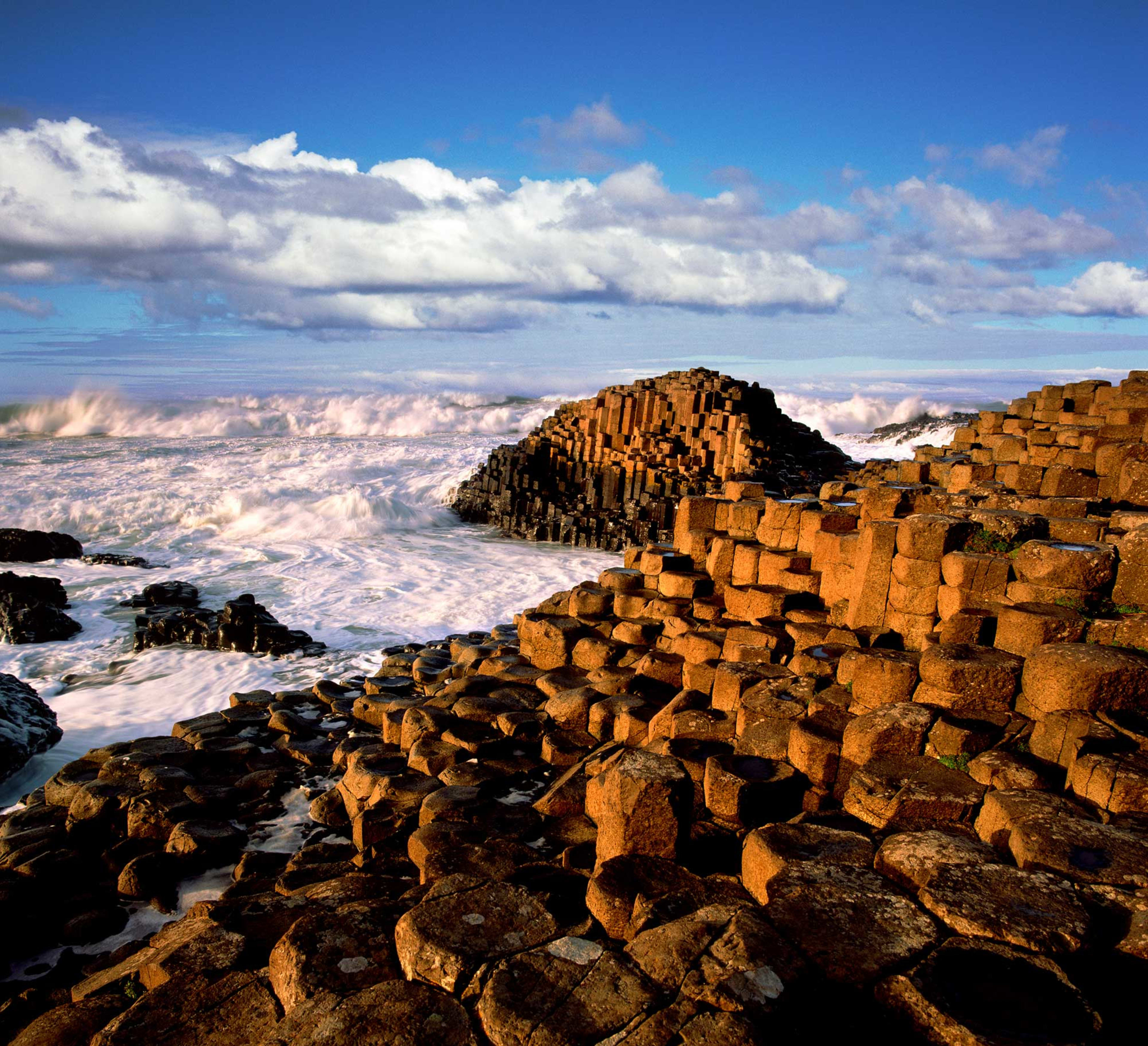
Top 10 Things to do in Northern Ireland This Year
From the Giant’s Causeway to Belfast’s vibrant streets, uncover the best of Northern Ireland's landscapes, epic coastlines, and famous attractions
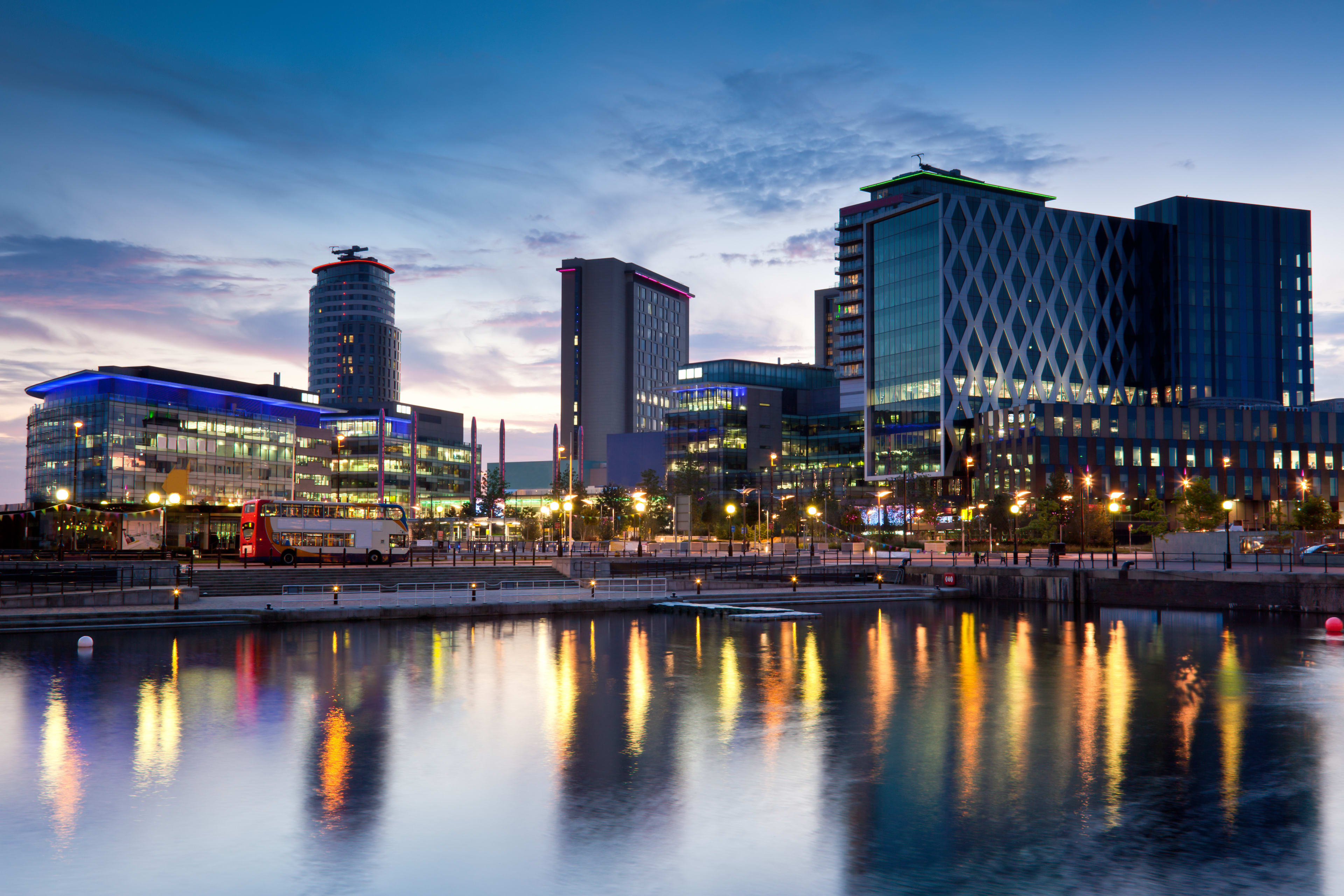
48 Hours in Manchester
Spending a weekend in Manchester? This is Clayton Hotel Manchester City’s inside guide on how to spend 48 hours in Manchester city


